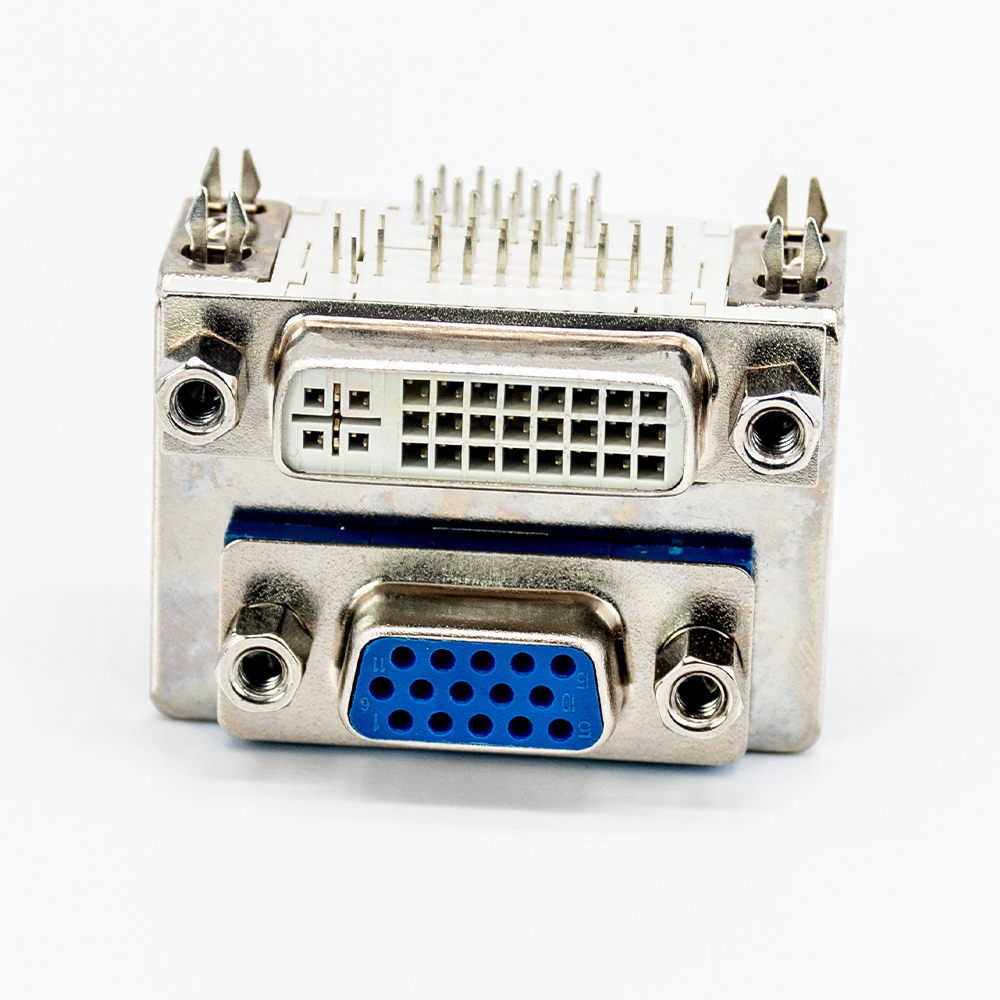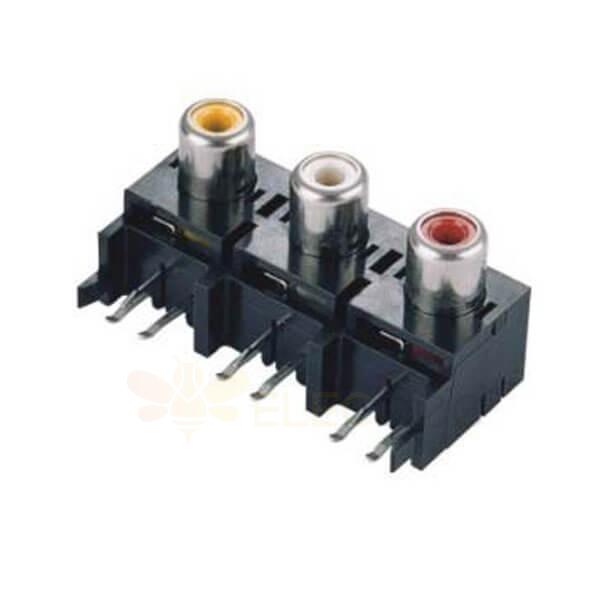Video connectors are an essential component in any digital device or system that involves video output. They are responsible for transmitting video signals from one device to another, and the quality of the connector can greatly impact the quality of the video output. With the advancement in technology, there are now several types of video connectors available in the market, each with its own set of features, advantages, and limitations. In this article, we will discuss the different types of video connectors available and how they differ.
HDMI (High Definition Multimedia Interface)
HDMI is one of the most popular video connectors available today and is widely used in modern devices such as TVs, gaming consoles, and laptops. It is a digital connector that supports high-definition video and audio data transmission. HDMI supports resolutions up to 4K and can transmit both video and audio signals through a single cable. It also supports HDCP (High-bandwidth Digital Content Protection), which is a digital copy protection standard used by many content providers.
DisplayPort
DisplayPort is another digital video connector that is commonly used in modern devices. It supports high-definition video and audio data transmission and can support resolutions up to 8K. DisplayPort can also transmit data and power, making it a versatile connector used in a wide range of devices. However, it is not as widely adopted as HDMI, and some devices may require an adapter to use it.
DVI (Digital Visual Interface)
DVI is a digital video connector commonly used in older devices, such as computer monitors and projectors. It supports high-definition video transmission and can support resolutions up to 1920x1200. DVI comes in three different types: DVI-D, DVI-I, and DVI-A. DVI-D is a digital-only connector, while DVI-I supports both digital and analog signals. DVI-A is an analog-only connector and is rarely used in modern devices.

VGA (Video Graphics Array)
VGA is an analog video connector that was widely used in older devices. It can support resolutions up to 1920x1080, but its analog nature can result in lower image quality compared to digital connectors. VGA is gradually becoming obsolete, but some older devices still use it.
RCA (Radio Corporation of America)
RCA is an analog video connector that was commonly used in older TVs and VCRs. It is also known as the composite connector and uses three cables to transmit video signals – a yellow cable for video and red and white cables for audio. RCA is gradually becoming obsolete, but some older devices still use it.

Component Video
Component Video is an analog video connector that uses three cables to transmit video signals – red, green, and blue. It is commonly used in older devices and can support resolutions up to 1080p. Component Video can provide better image quality than composite video, but it requires three separate cables and can beinconvenient to set up.
S-Video (Separate Video)
S-Video is an analog video connector that provides better image quality compared to composite video. It uses a single cable with four pins to transmit video signals, separating the luminance and chrominance signals to reduce interference. S-Video is gradually becoming obsolete, but some older devices still use it.
Thunderbolt
Thunderbolt is a digital video connector that is commonly used in Apple devices. It supports high-definition video and audio data transmission and can support resolutions up to 4K. Thunderbolt can also transmit data and power, making it a versatile connector used in a wide range of devices. However, it is not as widely adopted as HDMI or DisplayPort, and some devices may require an adapter to use it.
In conclusion, the type of video connector you choose depends on the devices you are using and the quality of video output you require. HDMI and DisplayPort are the most commonly used digital video connectors and offer high-quality video and audio transmission. DVI and VGA are older connectors that are gradually becoming obsolete, but some older devices still use them. RCA and S-Video are analog connectors that provide lower image quality compared to digital connectors. Component Video is an analog connector that provides better image quality than composite video, but it requires three separate cables. Thunderbolt is a versatile digital connector used in Apple devices and can support high-quality video and audio transmission.
When choosing a video connector, it is importantto consider the devices you will be using and the quality of video output you require. It is also important to ensure that the connector is compatible with your devices and that you have the necessary cables and adapters. By understanding the different types of video connectors available and their features, you can make an informed decision that suits your needs and preferences.

